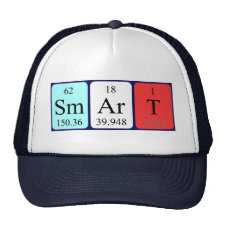
Authors: Chang CL, Wang X, Bai Y, Liu HW
Article Title: Applications of nanomaterials in enantioseparation and related techniques.
Publication date: 2012
Journal: TrAC Trends in Analytical Chemistry
Volume: 39
Page numbers: 195-206.
DOI: 10.1016/j.trac.2012.07.002
Alternative URL: http://www.sciencedirect.com/science/article/pii/S0165993612001951
Abstract: Chirality is an important, universal phenomenon in nature. For the in-depth study of pharmacology and biology, efficient enantioselective technologies are indispensable. Nanomaterials with large surface-to-volume ratio and specific physical and chemical properties have demonstrated great potential in chiral discrimination. Many publications show that utilization of nanomaterials could improve the selectivity, the stability and the efficiency of enantioseparation. This review summarizes the applications of various enantioselective nanomaterials, including mesoporous silica, organic polymers, metal-organic frameworks, metal nanomaterials, magnetic nanomaterials, carbon nanotubes and well-oriented chiral nanolayers. After proper preparation and modification, these functionalized nanomaterials are effective for chiral separation through their specific enantioselective adsorption, especially when they are used as stationary or pseudo-stationary phases in chiral chromatographic separation, such as thin-layer chromatography, high-performance liquid chromatography, gas chromatography and capillary electrophoresis
Template and target information: Review - nanomaterials in enantioseparation
Author keywords: Carbon nanotube, enantioseparation, Magnetic nanomaterial, mesoporous silica, Metal nanomaterial, Metal-organic framework, nanomaterial, Organic polymer, stationary phase



Join the Society for Molecular Imprinting

New items RSS feed
Sign-up for e-mail updates:
Choose between receiving an occasional newsletter or more frequent e-mail alerts.
Click here to go to the sign-up page.
Is your name elemental or peptidic? Enter your name and find out by clicking either of the buttons below!
Other products you may like:
 MIPdatabase
MIPdatabase









